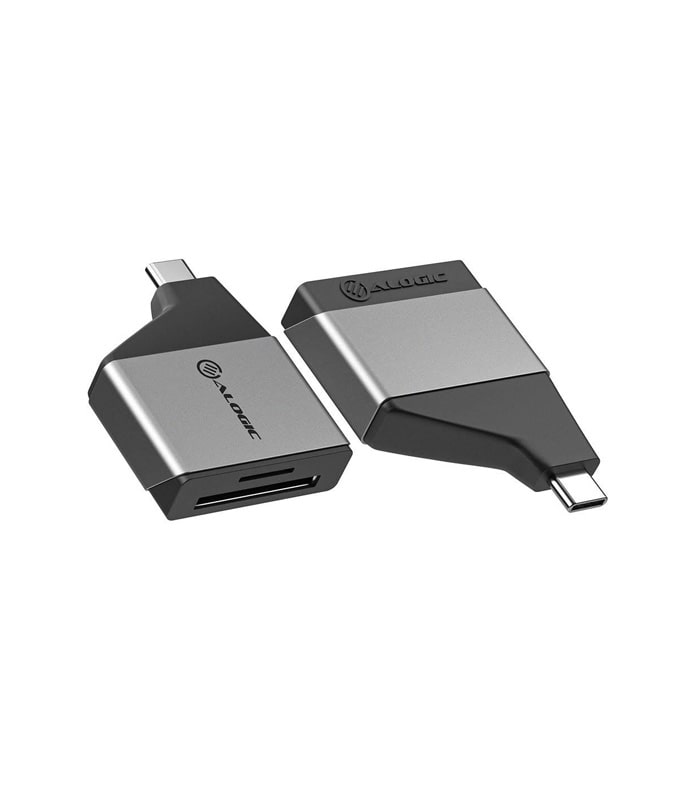Brand Name: Bronchilate
Generic Name: Salbutamol
Active Ingredient(s): Salbutamol (4 mg)
For the General Public:
Uses:
Bronchilate 4 mg is used for:
- Relief of bronchospasm in conditions such as asthma, chronic bronchitis, and emphysema.
- Prevention of exercise-induced bronchospasm.
How It Works:
Bronchilate contains salbutamol, a beta-2 adrenergic receptor agonist that relaxes the muscles in the airways, making breathing easier.
Dosage:
- Typical dose: 2–4 mg taken three to four times daily or as directed by a healthcare provider.
Possible Side Effects:
- Common Side Effects: Tremors, headache, dizziness, palpitations, or nervousness.
- Serious Side Effects: Severe allergic reactions, chest pain, irregular heartbeat, or worsening of breathing difficulties. Contact a doctor immediately if you experience these.
Important Information:
- Dosage Instruction: Follow your doctor’s instructions. Do not exceed the prescribed dose.
- Usage Instruction:
- Take with or without food.
- Avoid using other bronchodilators without consulting a doctor.
- General Information:
- Consult your doctor if you are pregnant, breastfeeding, or planning pregnancy.
- Keep out of reach of children.
Drug Interactions:
- With Other Medications:
- Avoid using with non-selective beta-blockers (e.g., propranolol).
- Increased risk of side effects when used with other sympathomimetic drugs.
- With Food:
- No significant interactions with food, but consult your healthcare provider for dietary advice.
Regulatory Approval & Manufacturer:
- Approved by [Regulatory Authority] and manufactured by [Manufacturer].
Antidotes (If Overdose or Misuse):
- Administer beta-blockers (e.g., propranolol) with caution in cases of overdose. Monitor heart rate and provide supportive care as needed.
For Pharmacists:
Medicine Name: Bronchilate
Brand: Bronchilate
Active Ingredient(s): Salbutamol
Indications:
- Management of bronchospasm in asthma and other obstructive airway diseases.
- Prevention of exercise-induced bronchospasm.
Pharmacodynamics:
- Mechanism of Action:
Salbutamol selectively stimulates beta-2 adrenergic receptors in the airway smooth muscle, leading to relaxation of bronchial muscles and reduced airway resistance. - Pharmacological Effects:
- Bronchodilation and improved airflow.
- Relieves symptoms such as wheezing and shortness of breath.
- Receptor Binding:
High affinity for beta-2 adrenergic receptors, resulting in targeted bronchodilatory effects.
Pharmacokinetics:
- Absorption: Rapidly absorbed, with onset of action within 30 minutes.
- Distribution: Widely distributed, ~10% bound to plasma proteins.
- Metabolism: Metabolized in the liver to inactive metabolites.
- Elimination: Excreted via urine (as metabolites and unchanged drug).
- Half-Life: Approximately 4–6 hours.
Dosage and Administration:
- Adults and Adolescents: 2–4 mg three to four times daily.
- Special Populations:
- Renal Impairment: Use with caution and monitor side effects.
- Hepatic Impairment: Adjust dose as necessary.
Contraindications:
- Hypersensitivity to salbutamol or excipients.
- Patients with severe cardiovascular disorders.
Warnings and Precautions:
- Use cautiously in patients with hyperthyroidism, diabetes, or cardiovascular diseases.
- Monitor potassium levels, as hypokalemia may occur.
- Do not exceed recommended doses to avoid systemic side effects.
Drug-Drug Interactions:
- Beta-Blockers: May antagonize the effects of salbutamol.
- MAO Inhibitors: Increased risk of cardiovascular side effects.
- Diuretics: May enhance the risk of hypokalemia.
Drug-Food Interactions:
- No significant food interactions, but high caffeine intake may exacerbate side effects like nervousness or palpitations.
Adverse Reactions:
- Common: Tremor, palpitations, tachycardia, nervousness, and headache.
- Serious: Paradoxical bronchospasm, arrhythmias, and severe hypokalemia.
Therapeutic Effects:
- Provides rapid relief of bronchospasm.
- Improves respiratory function and exercise tolerance.
Storage:
- Store at 20–25°C, away from moisture and direct sunlight.
Packaging:
- Available in blister packs of 100 tablets (4 mg each).
Clinical Considerations:
- Pregnancy Category: C (Use only if benefits outweigh risks).
- Lactation: Use cautiously; small amounts may be excreted in breast milk.
- Pediatric Use: Consult a specialist for dosing in children.
- Geriatric Use: Initiate at lower doses to minimize side effects.
Conclusion:
Bronchilate 4 mg is an effective bronchodilator for managing asthma and bronchospasm. Proper adherence to dosing instructions ensures optimal relief while minimizing risks. Consult a healthcare professional for tailored advice.










Reviews
Clear filtersThere are no reviews yet.